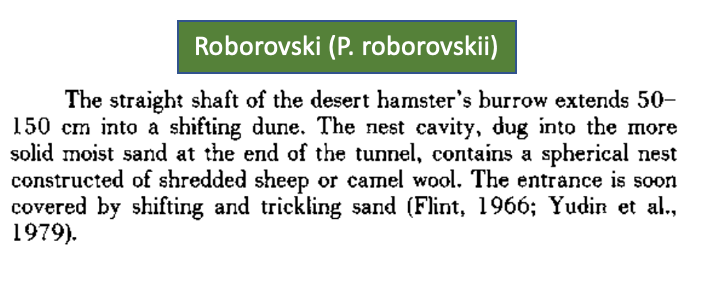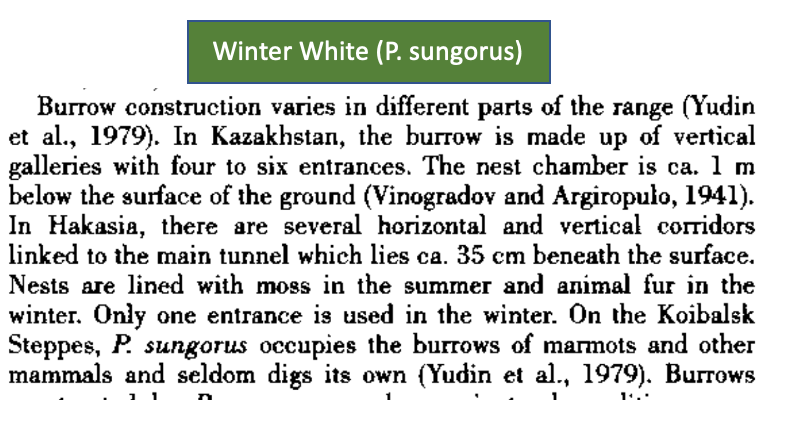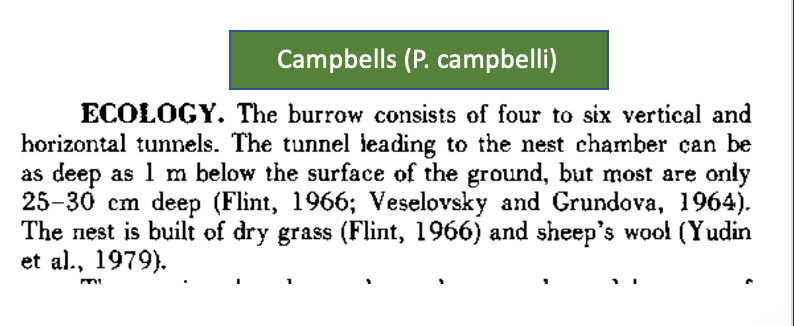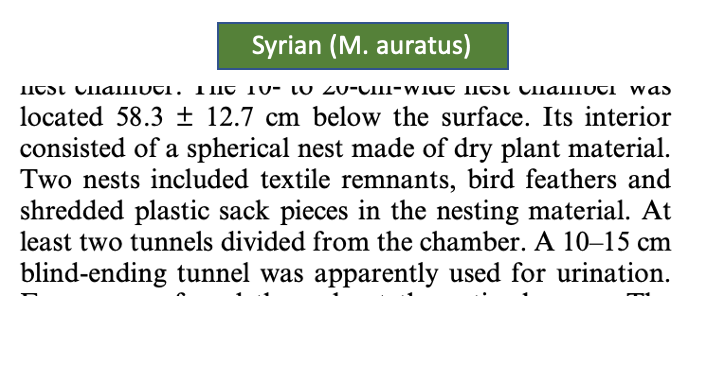Safe & Unsafe Nesting Materials
- Em

- May 27, 2020
- 2 min read
Safe Nesting Materials:
In the wild, hamsters have been observed using a variety of nesting materials including grasses, sheep wool, and other animal fur (including camel hair, and even bird feathers). As such, it is important to provide them with a different material from their main substrate for them to create a cosy nest.
Examples of safe nesting materials you can provide include:
Hay (I recommend soft grass hays like Meadow or Orchard grass. I do not recommend timothy on the basis that it is often much more course, rough, and ‘pokey’).
Moss – once it is 100% natural moss, with no added dyes.
Leaves (dried)
Toilet paper – shredded, and non-scented. I always recommend hamsters be offered at least shredded toilet paper to nest with.
Kapok wool (see ”On The Topic of Kapok: An Informal Discussion” before using Kapok as a nesting material).
100% natural cotton pet bedding (see photo example).

Unsafe nesting materials include:
Products labelled as ‘hamster wool’. This is a completely different product to kapok, and poses a risk for limb entanglement.
Fabric materials (ribbons, shredded clothing, fabric beds like hammocks or snuggle sacks, etc. Hamsters have teeth, and being that they want to nest with these materials they will chew and shred them – even if they have shown no interest in the past, they can start. This can expose threads, and tangle limbs, get caught in teeth, and tiny toes & nails).

Snippets from various pieces of Scientific Literature on Nesting Habits of Hamster in the Wild:
(swipe for info on the other species)
Sources:
Notes on the current distribution and ecology of wild golden hamsters (M. auratus)
The Adaptations of Hamsters to their Habitats (this site has various snippets from a book published by Flint titled 'Die Zwerghamster der palöarktische Fauna', which is only available in the German language - it has taken me forever to track down a site that at least shares some of the info from that book!)
Related posts:















Comments